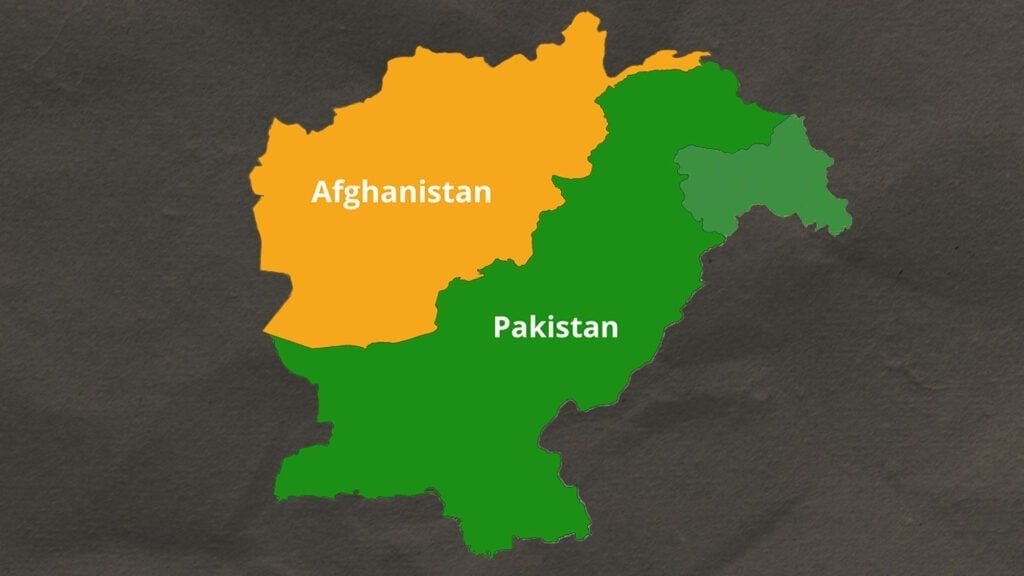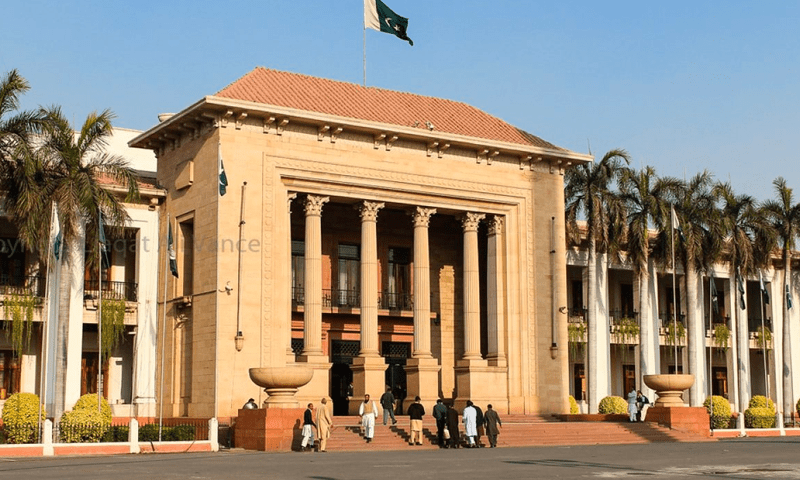Zafar Iqbal
Pakistan’s fiscal trajectory in September 2025 reflects a troubling contradiction between policy ambitions and ground realities. While the government speaks confidently of fiscal consolidation and long-term debt sustainability, the numbers tell a more sobering story. Central government debt continues to rise at a pace that casts doubt on the country’s medium-term fiscal health, exposing structural weaknesses in public finance management.
By July 2025, Pakistan’s total debt had reached Rs 78.2 trillion, marking a 12.4 percent increase compared to last year. Of this, Rs 54.9 trillion was domestic debt, while Rs 23.3 trillion was external. The Ministry of Finance has attempted to present the situation in a positive light, highlighting measures such as early repayments and the extension of loan maturities. These steps are significant but remain technical in nature, incapable of resolving deeper structural pressures that drive Pakistan’s debt accumulation.
Officials frequently point to the declining debt-to-GDP ratio as evidence of progress, citing compliance with the Fiscal Responsibility and Debt Limitation Act. The Debt Management Office’s Medium-Term Debt Management Strategy for FY26–28 projects a debt-to-GDP ratio of 66 percent for FY26. Yet this optimism seems misplaced. Pakistan already missed its FY25 target of 68 percent, undermining confidence in these projections. Without concrete progress in structural reforms, particularly in the state-owned enterprise sector, debt management risks becoming little more than an accounting exercise.
State-owned enterprises remain one of the biggest drains on fiscal stability. Despite repeated commitments under the IMF programme, reforms in this sector remain sluggish. Loss-making entities continue to bleed resources, forcing the government into additional borrowing to plug persistent budgetary gaps. This cycle highlights the limits of technical adjustments in debt management when fundamental reform is absent.
Debt servicing obligations represent another looming challenge. Projections indicate that Pakistan will require USD 26 billion in FY26 to meet external debt servicing needs. This figure not only places enormous strain on the country’s already fragile foreign exchange reserves but also risks triggering adverse credit rating actions, further raising borrowing costs. For a country struggling to expand its revenue base, these obligations limit fiscal space for growth-oriented spending.
Compounding these fiscal strains are natural disasters that continue to test Pakistan’s resilience. The recent floods have worsened inflationary pressures, undermined agricultural output, and forced greater government spending on relief and rehabilitation. These unplanned expenditures erode fiscal discipline and restrict the state’s ability to prioritize development and infrastructure. While measures like lowering interest costs and prepaying high-cost loans have offered temporary relief, they do not address the structural imbalance between revenue generation and expenditure.
The path forward requires more than surface-level debt management strategies. Pakistan must accelerate reforms in three critical areas: revenue mobilisation, expenditure rationalisation, and institutional restructuring. Tax reforms must move beyond incremental changes to create a broader, more equitable revenue base. Expenditure must be streamlined, with subsidies and unproductive spending curtailed to create space for investments in health, education, and infrastructure. Above all, structural reforms in state-owned enterprises and the energy sector are vital to reduce the recurring fiscal burden.
Republic Policy WhatsApp Channel
At the same time, Pakistan must channel investments into sectors capable of driving sustainable growth. Technology, manufacturing, and agriculture hold untapped potential if backed by supportive policies and efficient resource allocation. Growth in these areas can generate employment, expand the tax base, and reduce reliance on debt. Without such strategic investments, Pakistan risks entering a vicious cycle of rising debt and shrinking fiscal flexibility, which would constrain both development spending and social protection initiatives.
In essence, the government’s rhetoric of fiscal consolidation will only translate into reality if accompanied by credible and measurable reforms. Announcements of debt targets or repayment strategies may temporarily reassure markets, but they cannot mask the urgency of structural change. Unless Pakistan addresses its chronic imbalances, the promise of debt sustainability will remain aspirational, with far-reaching consequences for growth, governance, and public welfare.















